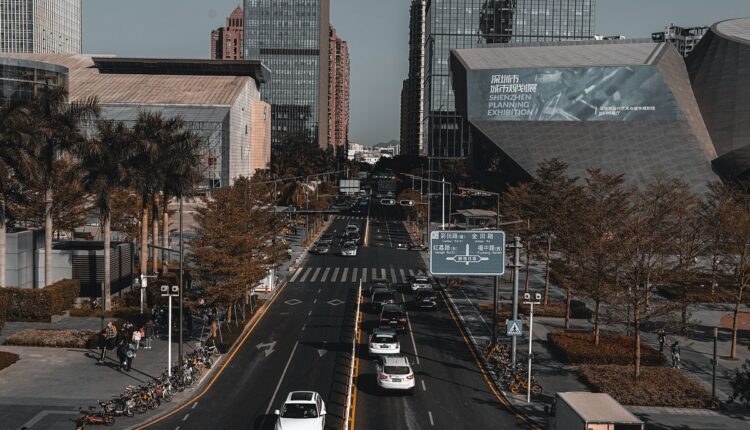Chinese city is an energy transition laboratory
The city of Shenzhen, in southern China, is a pilot in the energy transition and has operated a 100% electric public bus network since 2017
Since 2017, the city of Shenzhen, in southern China, has been experimenting with a network of 100 % electric buses for public transport and is a pilot in the energy transition.
Users in the area can travel to their workplace, study or wherever they wish in buses that do not emit any noise and without CO2 emissions. Shenzhen is an example for other cities in the country that want to implement clean transportation before 2025.
In this sense, it is worth mentioning that the city, “bordering Hong Kong and home to numerous technology companies, has also electrified the majority of its taxis.”
Electric buses contribute less to global warming than cars and trucks. “The International Energy Agency (IEA) estimates the potential reduction in emissions due to buses at 5 %, in a carbon-neutral scenario in 2050.” Added to this is that by not emitting noise, they improve the quality of life of the inhabitants.
China currently represents more than 90 % of electric buses and trucks in the global market, according to data for 2021 from the International Council on Clean Transportation (ICCT).
Drivers of the city’s electric grid buses indicate that they are comfortable, easy to drive, clean and safe. Likewise, they highlight that they have the same performance as diesel ones.
The initiative was possible thanks to a strong investment in this market, particularly in the car manufacturing company BYD, a world leader in this segment, based in Shenzhen.
M.Pino
Source: swissinfo
(Reference image source: loong xu. Unsplash)
Visit our news channel on Google News and follow us to get accurate, interesting information and stay up to date with everything. You can also see our daily content on Twitter and Instagram


